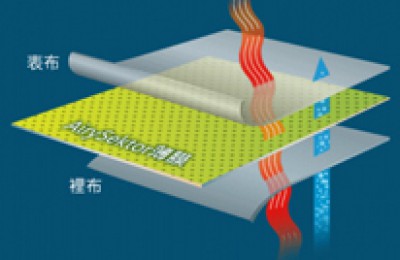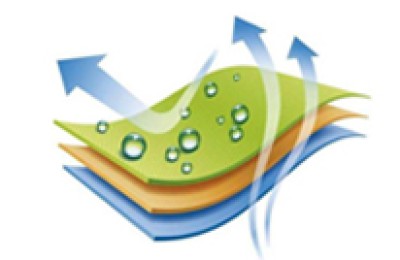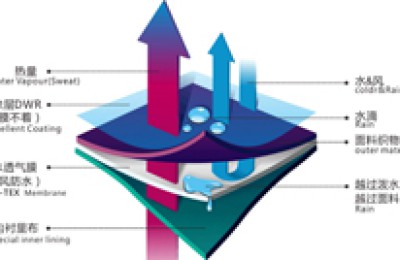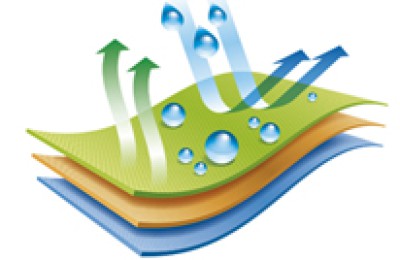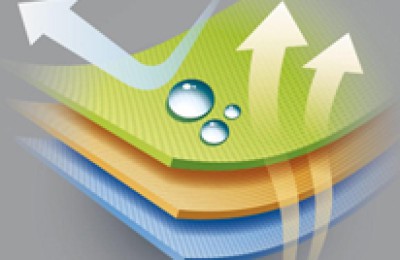Polytetrafluoroethylene filter membrane is a dense, smooth and porous membrane made by mechanical biaxial stretching using a special process.
It features surface filtration, which can improve filtration efficiency and improve the problems of increasing filtration pressure and high concentration of fine dust emissions that often occur in traditional filtration methods.
Compounding approach: In order to extend the service life and increase the strength of the membrane, it is necessary to compound the polytetrafluoroethylene filter membrane to various filter materials, such as various needle felts, woven fabrics, glass fiber, etc.
Due to the non-sticky nature of PTFE itself, it requires very high requirements for membrane compounding technology. Currently, there are two compounding methods: glue compounding and thermal compounding.
① Glue lamination is a relatively basic lamination method. It has low composite strength, is easy to peel off, and has a short service life. Due to the penetration of glue, it has poor air permeability and is not suitable for cleaning, which weakens the superior performance of PTFE.
② Thermal composite advanced composite method completely maintains the superior performance of PTFE membrane, but has strict requirements for thermal composite technology.
</p



